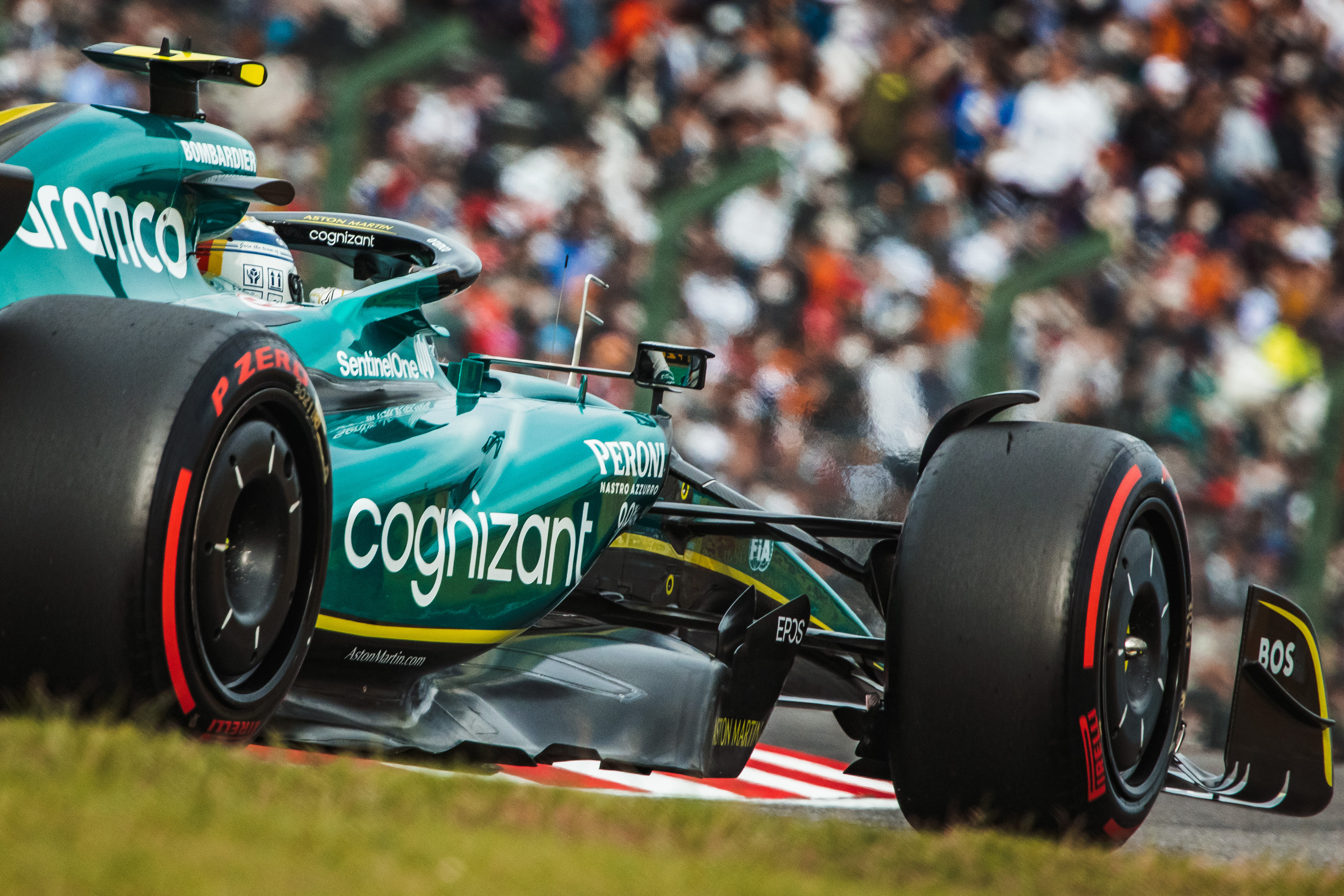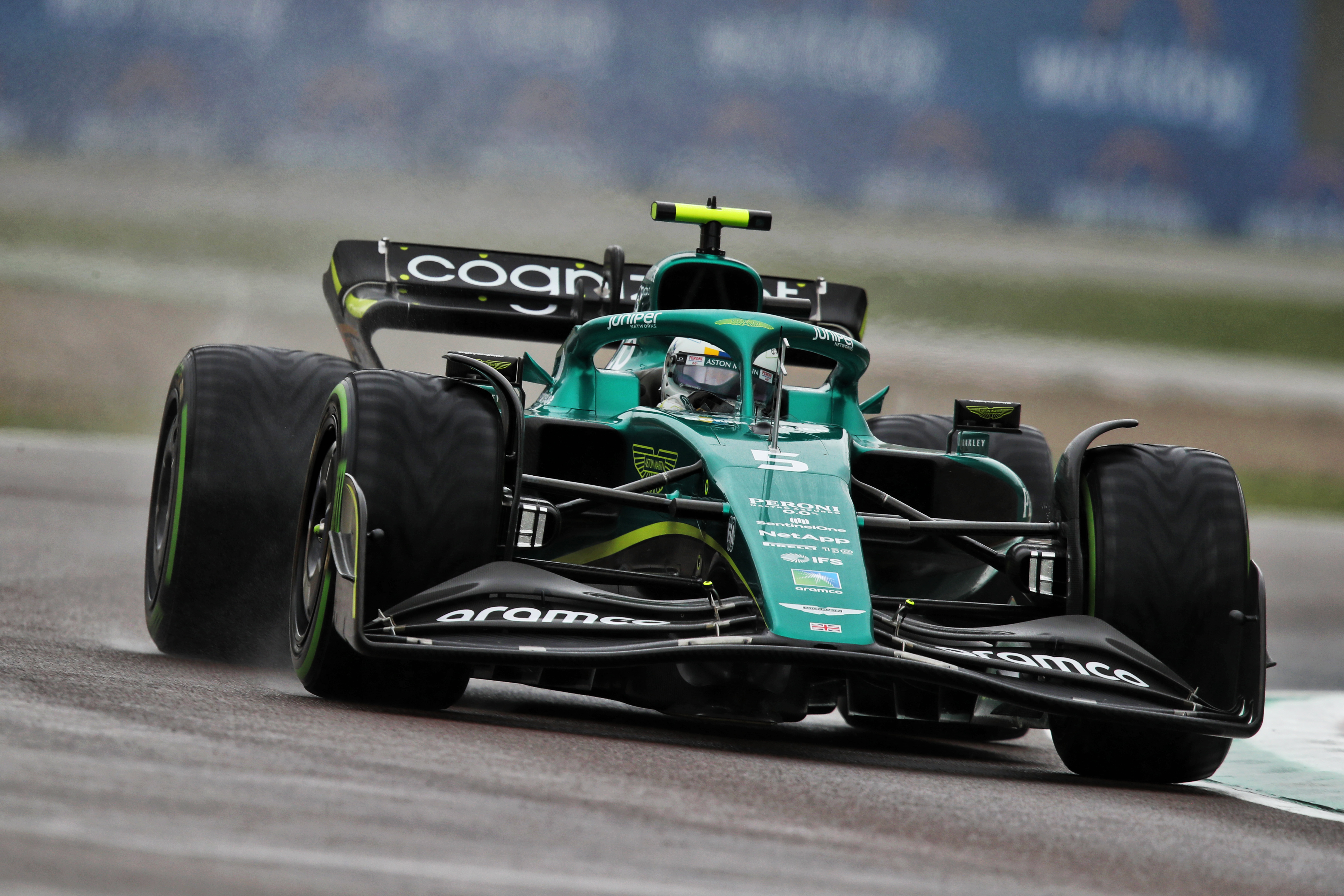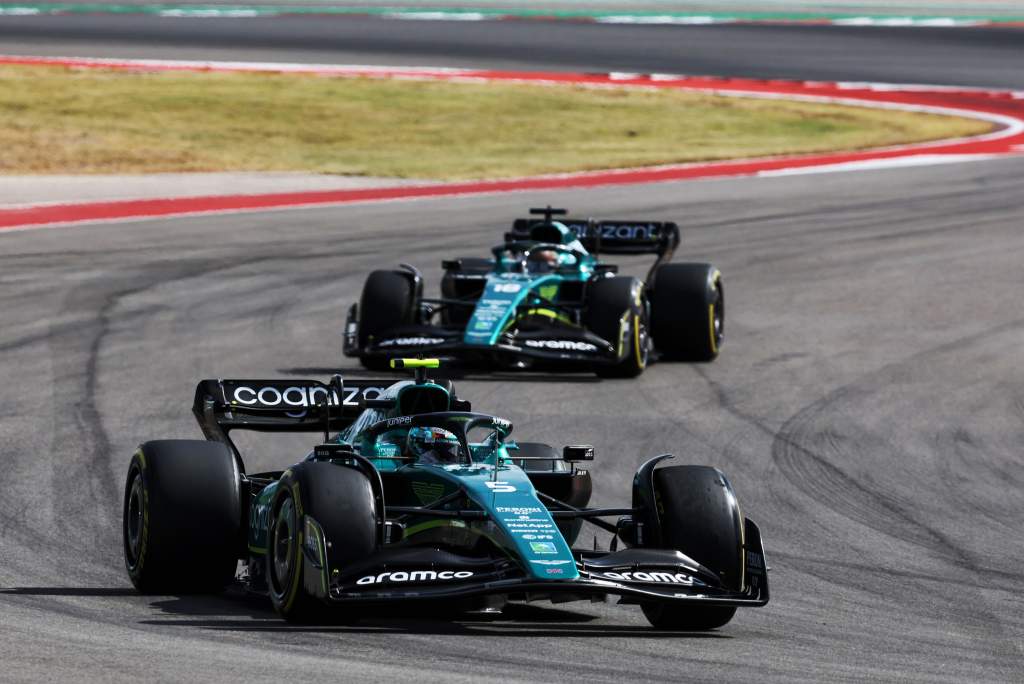Up Next

It was a pity Sebastian Vettel’s final season after 15 years in Formula 1 had him in a generally uncompetitive Aston Martin. While his sustained personal performance perhaps wasn’t up with his great days, his season did have its moments; where the speed just flowed and the raw desire of his youth was rekindled. This was never more apparent than in the last few corners of Austin and his no-holds barred dice with Kevin Magnussen for eighth place. His battle for sixth with Fernando Alonso virtually throughout the Japanese Grand Prix was almost as intense.
Both Vettel and team-mate Lance Stroll were stymied by an Aston Martin with some fundamental aerodynamic limitations. But the group behind the top three teams was so closely-matched that even a car which was naturally towards the tail end of it could, with good tyre management on a day when others were struggling with it, still have a respectable showing.

It was on such days that Vettel tended to step up. Although he scored almost twice as many points as Stroll, he averaged only around a tenth-and-a-half faster in qualifying. As has been the case throughout his career, Stroll’s peaks confirmed he’s a quick driver more than justifying a place on the grid, but just as in 2021 Vettel was more often able to put a good weekend together.
Not that Vettel was without his incidents. His season was again littered with them: Australia in practice, being assaulted by Mick Schumacher in Miami, visiting the Monaco and Baku escape roads, a couple of contact incidents in Austria, an off in Hungary FP3 (memorably lending a hand in repairing the car) and another in qualifying at Zandvoort (ironically on dust thrown up by Stroll).
For his part, Stroll also hand an off in Melbourne practice, contact with Gasly in Spain, an off behind the Monaco safety car, two accidents in qualifying at Baku, his big collision in Austin with Alonso after an ill-advised blocking move on the straight.
Furthermore, there were at least two close calls between the two Astons – notably in France and Brazil – as Stroll stretched the etiquette of what was acceptable in battle beyond what seemed reasonable, particularly against a team-mate (as had happened on occasion in 2021, notably at Portimao).

So, neither driver had a blemish-free season, but it was Vettel who delivered top-drawer performances more regularly. At Imola he put in a great wet-weather lap to put the car in a flattering Q3, the foundation for a terrific drive to eighth on Sunday, nailing the tricky strategy calls along the way from the cockpit. Sixth place in Baku was founded upon a big qualifying lap between the walls. He was flawless and quick around Spa on his way to eighth.
The big call straight to inters at Suzuka vaulted him many places after he’d been nudged to the back by Alonso at the first start – so all the more satisfying for him that he fended off his old nemesis to the flag for sixth. There was that great recovery from a pitlane problem at Austin which left him celebrating like he’d won the race after taking eighth from Magnussen after a high-adrenaline final few corners. He reacted with calm resolve to being put on the grass by Stroll down to Turn 4 at Interlagos, radioing a simple, “OK,” before then re-catching and passing him. His final race at Abu Dhabi was strong but strategy-compromised, the closely-following Alonso commenting that he felt privileged just to be watching him.
He could still be on the top of his game on a good day and that’s probably something Vettel needed to prove to himself in his two Aston years after the disastrous final season at Ferrari in 2020. Had the team been able to deliver a car as competitive as its 2020 ‘pink Mercedes’, Vettel could almost certainly have delivered some big results. Sadly, it wasn’t to be. But Vettel’s approach behind the scenes made a deep, deep impression upon the team and has for sure helped it as it transitions from a small team to a big one. His influence will be felt there for seasons to come.
The highlights of Stroll’s season included: a gritty performance at Paul Ricard, passing Vettel on the opening lap and defending to the flag. Being quick and composed throughout the tricky Singapore weekend to finish sixth. His qualifying laps around Miami and Austin were impressive and even on those occasions he’d qualified poorly, he invariably made great progress on the opening lap. But the gaps between those performances were still littered with scrappy weekends. Fernando Alonso’s arrival as his new team mate will give further perspective on his development.
2022 team-mate qualifying gaps*
| Record | Average margin (%) | Average margin (seconds) |
| Albon 12-0 Latifi | 0.4717% | 0.390s |
| Verstappen 14-3 Perez | 0.4001% | 0331s |
| Norris 14-1 Ricciardo | 0.3548% | 0.294s |
| Bottas 9-3 Zhou | 0.3399% | 0.281s |
| Magnussen 10-5 Schumacher | 0.1764% | 0.146s |
| De Vries 1-0 Latifi | 0.1622% | 0.134s |
| Vettel 7-6 Stroll | 0.1563% | 0.129s |
| Leclerc 10-3 Sainz | 0.1521% | 0.125s |
| Gasly 7-5 Tsunoda | 0.1274% | 0.105s |
| Alonso 7-6 Ocon | 0.0589% | 0.049s |
| Stroll 1-1 Hulkenberg | 0.0219% | 0.018s |
| Hamilton 11-5 Russell | 0.0149% | 0.012s |
*Only dry sessions counted. Only times from same session compared (ie if one graduates and the other does not, the comparison is only from the session both took part in). Only trouble-free sessions compared (ie not mechanically compromised ones, nor non-serious qualifying laps because of power unit penalties). Percentages all relative to a seasonal pole lap of 1m22.736s (ie the average of all the 2022 pole laps at the 17 dry circuits)




